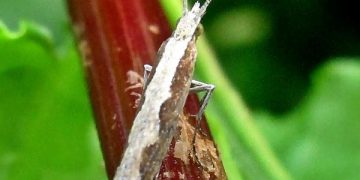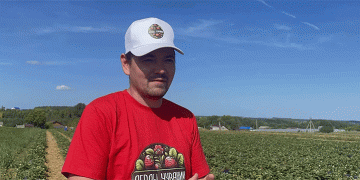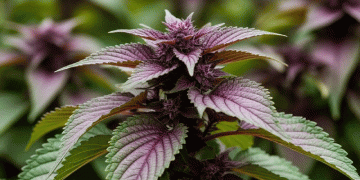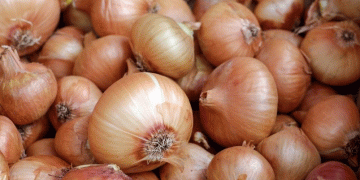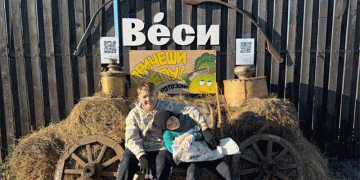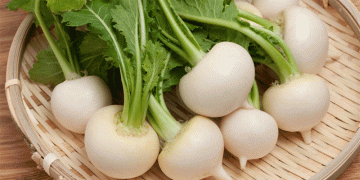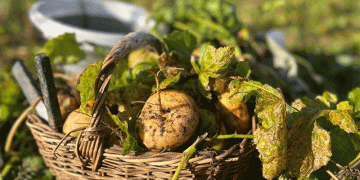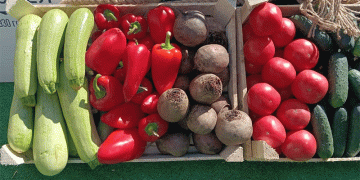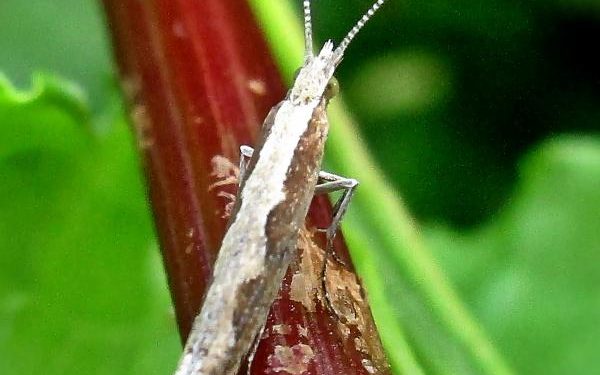#agriculturalpests #invasivespecies #integratedpestmanagement #sustainableagriculture #pestcontrol #croploss #foodsecurity
Diamondback moth, scientifically known as Plutella xylostella, is an invasive pest species that has become a major threat to global agriculture, particularly in cruciferous crops such as cabbage, broccoli, cauliflower, and mustard. The diamondback moth is native to Europe, but it has spread to almost all parts of the world, and its impact on agriculture is increasing day by day.
The diamondback moth has a short life cycle and high reproductive potential, which makes it difficult to control. Moreover, the species has developed resistance to most insecticides, which further complicates the task of pest management. The larvae of the diamondback moth feed on the leaves of the host plant, which can cause significant damage to crops, resulting in yield losses and economic damage to farmers.
Development of the diamondback moth population is influenced by a number of factors, including climate, host plant availability, and natural enemies such as parasitoids and predators. With global warming and changes in climatic conditions, the range and intensity of the diamondback moth have expanded. In addition, the widespread use of pesticides has led to the development of insecticide resistance, which is a major challenge for pest control.
The consequences of diamondback moth infestations can be severe. In some regions, the pest has caused up to 90% crop losses, leading to significant economic losses for farmers and threatening food security. In addition, the use of chemical pesticides can lead to environmental pollution, health hazards for humans and non-target organisms, and the development of resistant pest populations.
To mitigate the impact of diamondback moth infestations, integrated pest management (IPM) strategies are recommended. These strategies include the use of a combination of cultural, physical, and chemical control methods, as well as the use of biological control agents such as natural enemies and pheromone traps. In addition, the development of new pest-resistant crop varieties and the promotion of sustainable agriculture practices can help reduce the damage caused by diamondback moths.
Diamondback moth is an invasive pest species that poses a significant threat to global agriculture, particularly in cruciferous crops. Its impact on crops and farmers is increasing due to its high reproductive potential and insecticide resistance. To mitigate the damage caused by diamondback moths, IPM strategies, sustainable agriculture practices, and the development of pest-resistant crop varieties are necessary.
